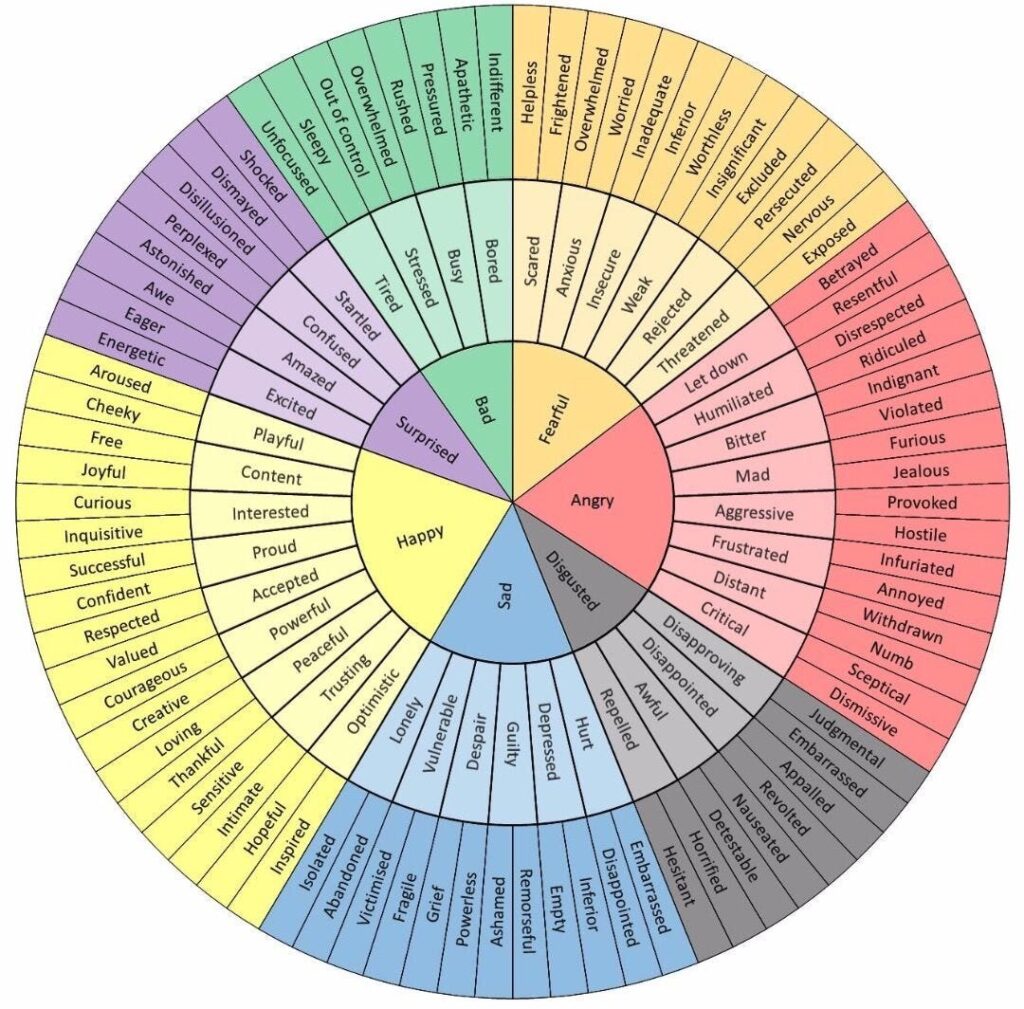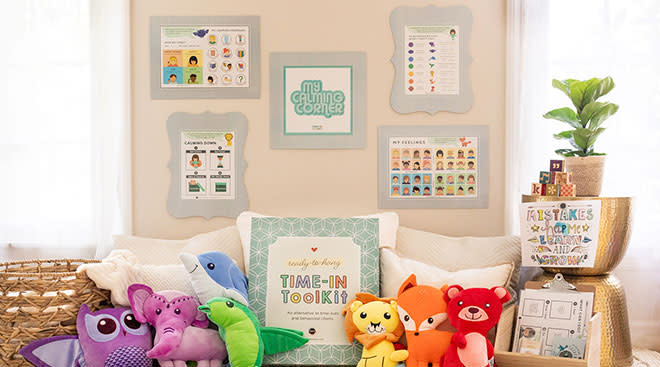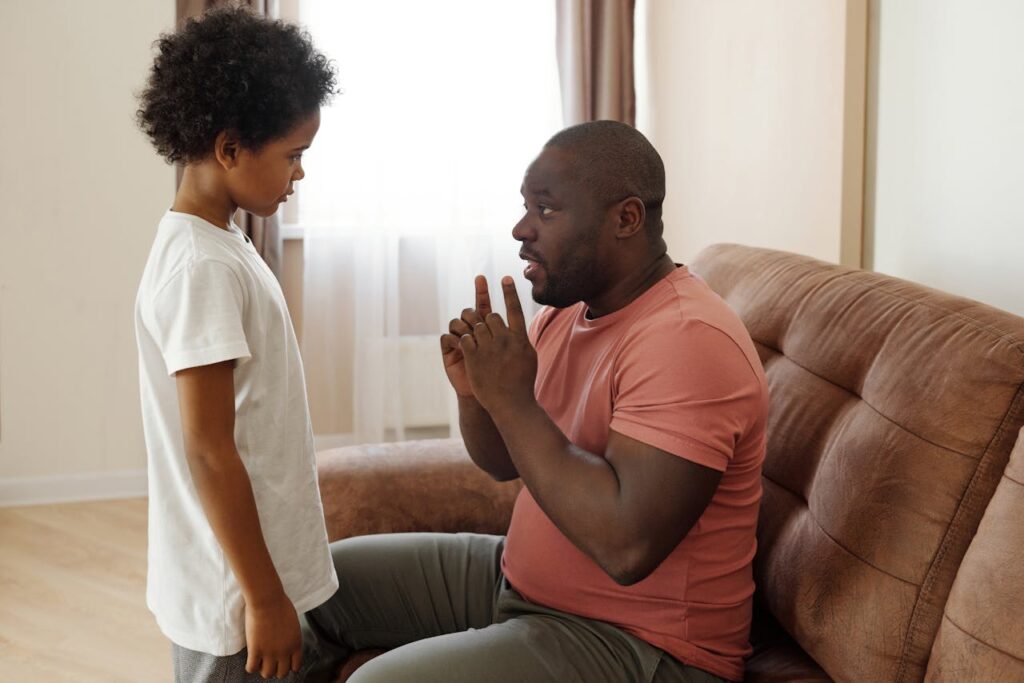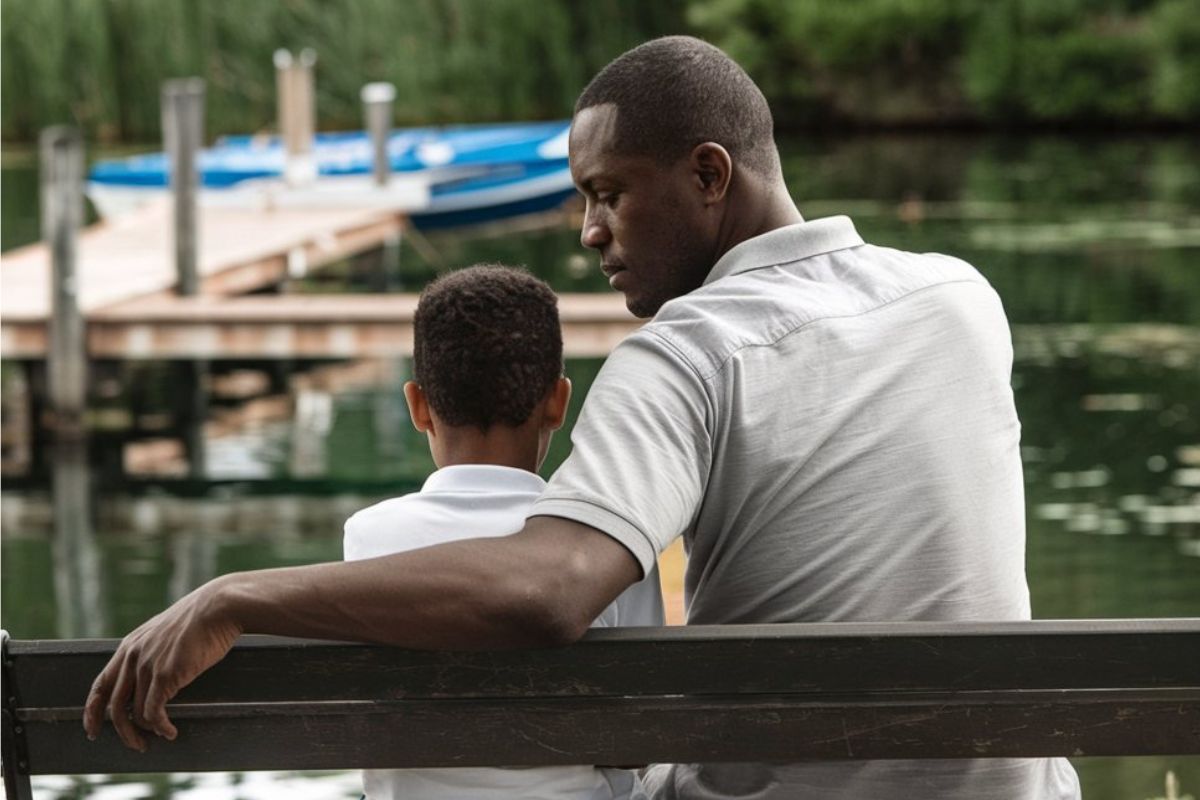Our children’s emotional well-being is shaped by their environment, people around them, physical health, and self-awareness. Just like adults, children experience a full spectrum of emotions: anger, sadness, frustration, nervousness, happiness, and embarrassment. However, children often struggle to express or manage these feelings effectively.
As parents, we play a critical role in helping them navigate these emotions. Creating a safe, calm, and positive environment is foundational in raising emotionally healthy children.
This article explores how emotion-coaching techniques and positive phrases can help parents guide their children through challenging emotional moments.
Why Children’s Emotional Needs Matter
Children are not born with the innate ability to regulate emotions; they learn this skill over time through modeling and experience. Meeting their emotional needs is crucial for their development and emotional well-being because:
- Emotional safety builds trust and resilience.
- A calm environment promotes healthy coping mechanisms.
- Positive emotion-coaching fosters emotional intelligence.
When children feel overwhelmed, they rely on us to help them manage their emotions. Unfortunately, many parents worsen their children’s frustrations by yelling or dismissing their feelings. However, responding calmly and empathetically can make all the difference
Table of Contents

The Power of Positive Words in Parenting
Our words carry immense weight. When our children are upset, what we say can break them down or build them up. In emotional distress, positive phrases can help children feel understood. They also teach kids to manage their emotions.
Here are 10 positive phrases to use when your child feels big emotions. They will help their emotional well-being. I also include tips to use them.
1. “It’s okay to be upset—let it out.”
As parents, we are our children’s first emotion coach, and our duty is to teach them how to name and manage their emotions. While teaching them emotional control, It is crucial to let our children know that feelings are not bad but are meant to be experienced or felt, and how they manage these emotions is key in determining how you and the other person feel afterward.
By helping them manage and name their emotions, you are acknowledging how they feel, validating that feeling, and showing that the emotion itself, even negative emotions, is not something to be feared or avoided but a normal human feeling.
Teach your child that emotions, even negative ones, are natural and should be expressed. Suppressing feelings can lead to long-term emotional challenges.
For example:
- If your child is crying after a challenging or stressful day at school, say, “It’s okay to feel sad. Let’s talk about it when you’re ready.”
- Help them name their emotion by saying, “You seem upset. Or asking if you feel frustrated or disappointed?”
Validating their emotions helps them feel acknowledged and teaches them that it’s safe to express themselves.
2. “I understand you—I’m here to support you.”
The best gift you can give to another human is to support them and stay with them in their emotional moment. To hold that emotion with them. We must give the same to our children. Sometimes, the best way to help is simply by being present. Holding space for your child shows them they’re not alone in their feelings.
When they are angry or crying, you can say:
- “I can see you’re upset. Let’s sit here together until you feel ready to talk.”
- Offer a comforting hug or sit quietly beside them.
Your presence reassures them that their emotions are valid and manageable.
3. “It’s okay to feel this way, but it’s not okay to [hit/yell/be rude].”
Setting boundaries around behavior while validating emotions is crucial. Teach your child that it’s okay to feel angry but not to hurt others or themselves.
Say things like:
- “I know you’re angry, and that’s okay. But it’s not okay to hit your brother or sister. Let’s find a better way to show your feelings.”
This approach separates the emotion from the behavior, teaching your children appropriate ways to express their feelings.
4. “How you feel right now won’t last forever.”
Big emotions can feel overwhelming and permanent to our children. We must remind our children that such feelings are temporary and that they’ll feel better soon.
Whenever your child feels or acts as if their entire world is ending. Their emotions are big and overpowering. They think they’ll never get better, which makes them feel worse.
How often has your child said, This is the worst day ever! Only for them to run up and down your house a few minutes later as if that massive meltdown never happened.
When such overwhelming feelings occur, you could say to them;
- “I know you’re upset, but it won’t always feel this way; it will pass away. Let’s take a few deep breaths together.”
This reassurance gives them hope and helps them learn that emotions come and go.
5. “Let’s take a breath and pause.”
Teaching children to pause and breathe during intense moments helps them calm down and regulate their emotions.
Practice this technique with your children when they are experiencing big emotions:
- Guide them through slow breathing exercises: “Breathe in for four counts, hold for four, and breathe out for four.”
- Create a calming space or calming down corner in your home where they can regroup. Mine is a corner in my sitting room with some calming-down posters.
Over time, they’ll learn to use these tools independently.

6. “You are good and kind.”
Children often internalize their mistakes and associate them with their identity. Remind them that their actions don’t define who they are. Being dysregulated is not bad. Being angry or frustrated is not bad. Sometimes, we don’t always make the best choices when we are emotional.
Our kids may make mistakes or bad choices, but that is how they act, not who they are.
This is such an important message when we emotionally coach our kids. Research shows that telling children they are kind leads to more generosity. We must let our children know that they are good and kind no matter how they feel.
If, for example, your child made a mistake, instead of adding to their woes by condemning them, you can say:
- “You made a mistake, but that doesn’t mean you’re a bad person. You’re a good and kind child, and I know you’ll make a better choice next time.”
This will also help our children with their friendships. Young children like categories and labels, which is part of their thinking.
They may label another child as “bad” for something they did. Or, they may be upset and make a bad choice. But they are not “bad.”
This reinforces their sense of worth and encourages positive behavior. This is an important distinction to learn in early childhood.
7. “I’ll be here when you need me.”
Sometimes, children need space to process their emotions before they’re ready to talk. Let them know you’re nearby and available for support. We must validate and acknowledge children’s emotions. But they sometimes escalate them for attention. This is a big clue for parents to note that our children need some one-on-one time.
How do you know when it is an escalation? When your child refuses a hug or comfort and cries harder. Or when all the tactics that usually work fail. Excessive validation like this can backfire at times. It may even enable tantrums or heightened emotions. This is when the classic time-in can be ineffective.
Say to the child;
- “I can see you’re upset. I’ll be here when you’re ready to talk or need a hug.”
This approach respects their autonomy and supports them. It usually works well for parents of grown children. You are not abandoning your child with their emotions. You are trusting them to use some of the strategies you taught them. They may ask you to come back, and that’s fine. After a short while, you might check on them and ask if they are okay or need a hug. Or, they may need a little time alone, which we all do sometimes.
8. “What can we learn from this?”
Mistakes and difficult emotions offer valuable teaching moments. We should help our children see challenges as opportunities for growth. We must teach them that struggles hold lessons. Pain, disappointment, and anger all have lessons. Challenging problems can lead to new opportunities.
Teach them that it is through our mistakes that we grow. This is not just true for academic situations or achievements. It applies to relationships, friendships, and tough social situations.
Ask questions like:
- “What do you think we can do differently next time?”
- “What did this experience teach us about how to handle frustration?”
This fosters a growth mindset and builds resilience.
9. “You’ll remember next time.”
We should teach our kids to see setbacks as temporary. They should focus on improving in the future. When our children misbehave or have a tantrum, we must correct them. Then, teach them better ways to express their emotions. Before they move on, say, “You’ll remember next time.”
You can say to them:
- “You forgot to use your words this time, but I know you’ll remember next time. Let’s practice together.”
This simple phrase communicates so much to our children. It tells them that their failure today isn’t permanent and that they can do better next time. It also gives them something positive to focus on: “You’ll remember next time to use your words.”
This instills confidence and motivates them to try again.
10. “Let’s give it another shot.”
Offering a second chance reinforces the idea that mistakes are part of learning.
Sometimes, things don’t go as planned; maybe you’ve planned a fun activity, a road trip, or a game with your family. Everyone is so excited and is looking forward to it. Emotions and excitement are high. Suddenly, your children start to fight and ruin the fun for everyone. In such a situation, offering a chance to begin again can be incredibly powerful. This phrase recognizes that mistakes occur. It provides an opportunity to try again with a better method.
For example, if your children get into an argument or altercation, You can say,
- That conversation with your sister didn’t go well. You shouldn’t have raised your voice or said those unkind words. Should we try again? Let’s use our calm voices this time to tell her how we feel and not hit; it’s never okay to hit.”
- “Things didn’t go as planned, but we can try again. How about we start over and do it differently this time?”
This approach teaches perseverance and problem-solving.

Conclusion
Emotion coaching is a parent’s best tool. It supports a child’s emotional growth and well-being. We can help our children by using these 10 positive phrases and showing calm, caring behavior. They will build emotional intelligence, resilience, and self-regulation skills.
“When children are overwhelmed by big emotions, it’s our job to share our calm, not join their chaos.”
L.R Knost
Remember, our children learn from how we respond to them. By being their emotional coach, we’re equipping them with lifelong tools to successfully navigate their feelings and relationships.
So the next time your child experiences big emotions, pause, breathe, and use these phrases to guide them through the storm. Together, you’ll build a stronger emotional well-being and foundation for the future.
Being patient, empathetic, and intentional with your words can create an environment where your child feels safe to express themselves and grow.
Thank you and God Bless!
Don’t forget to leave us a review, we value your inputs and feedbacks. Like and share our post if you got value from it.






